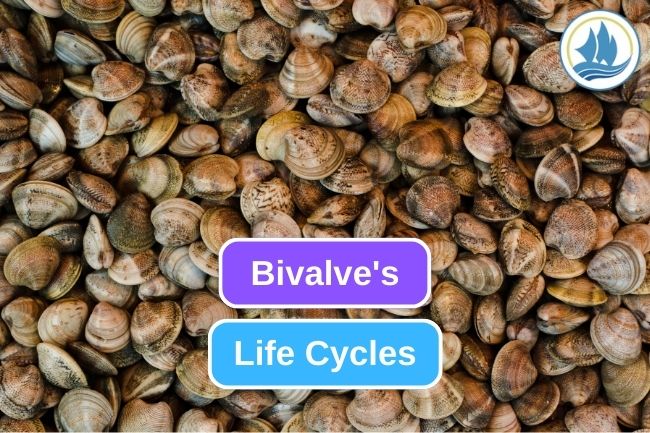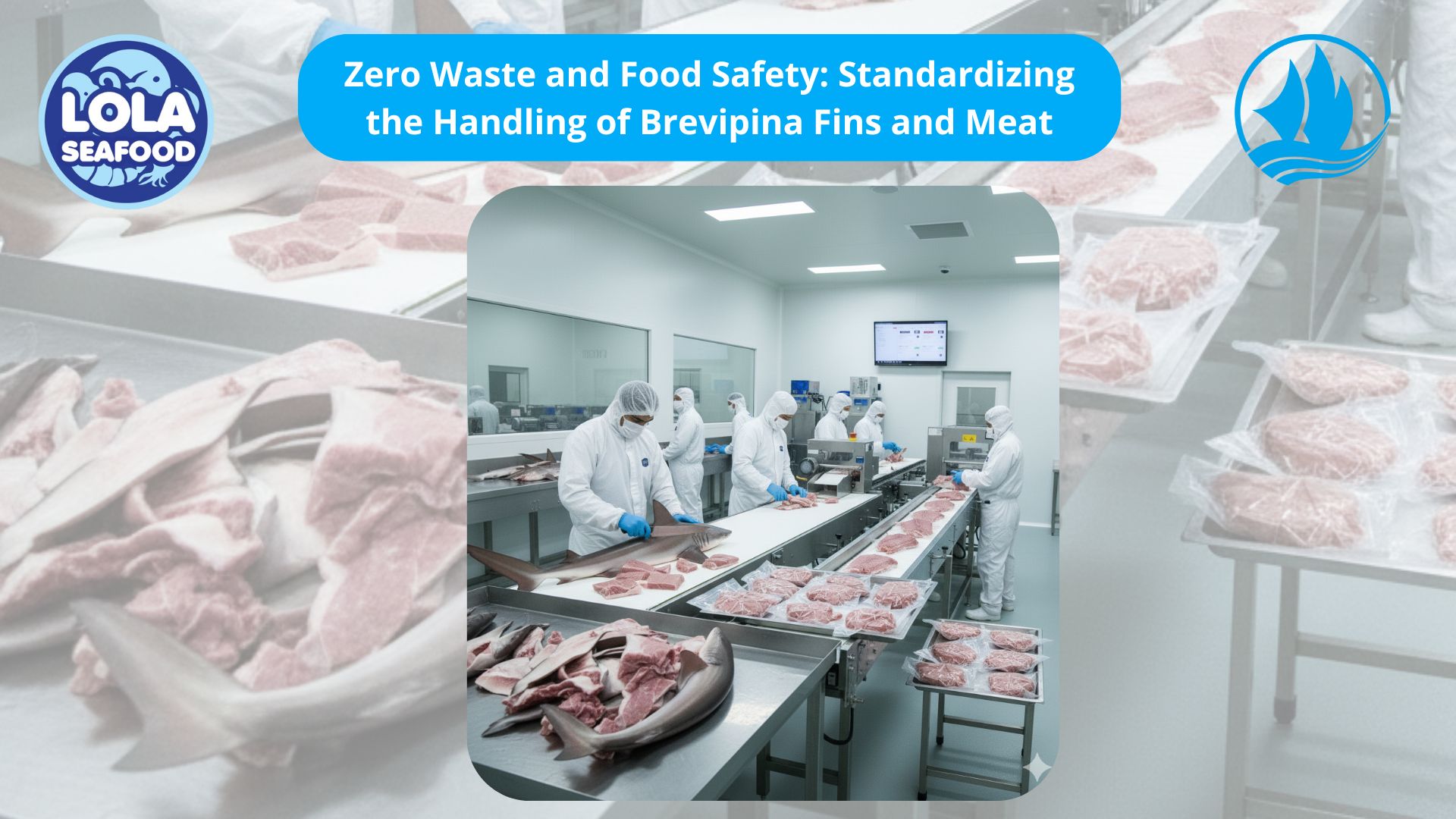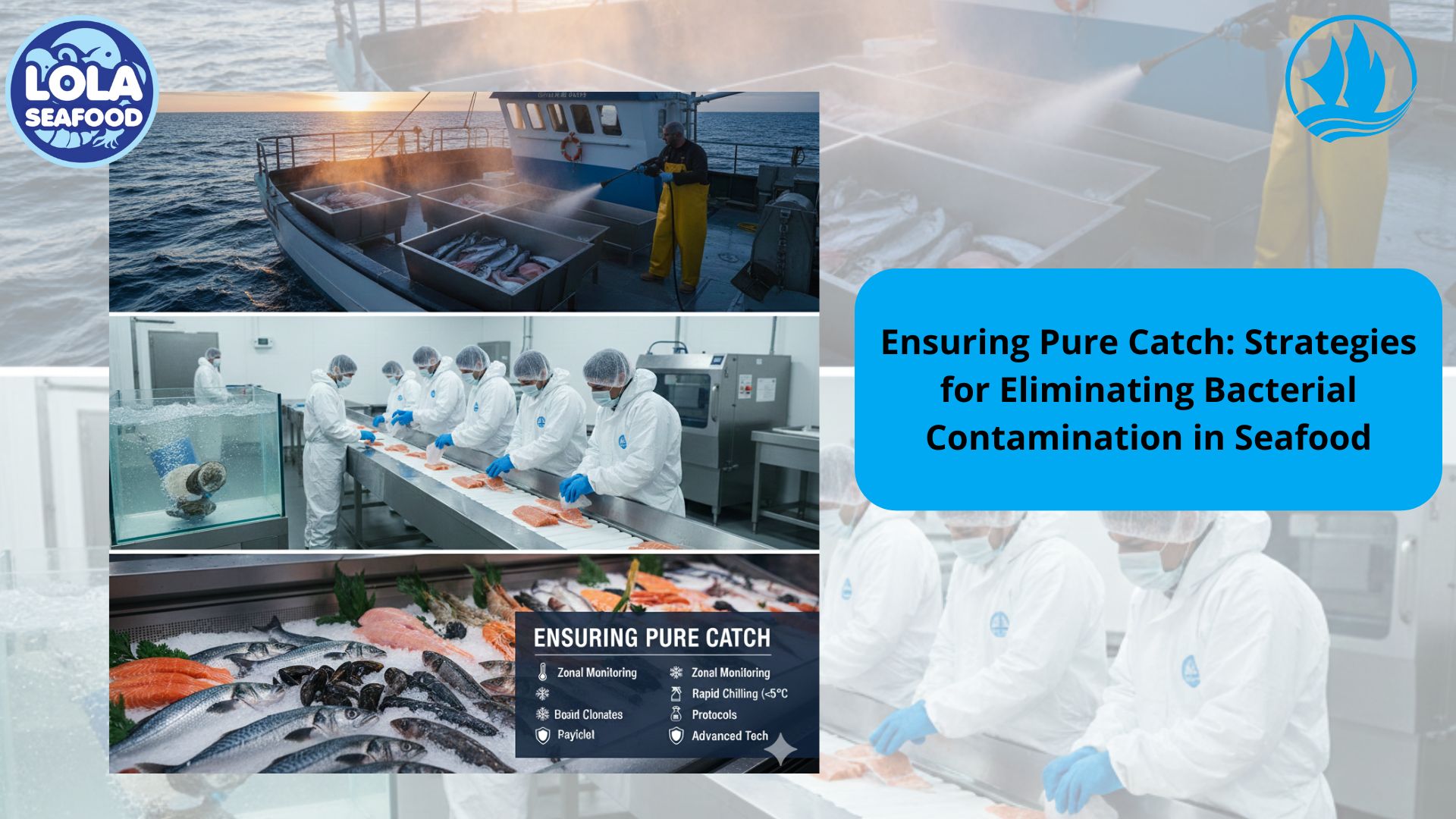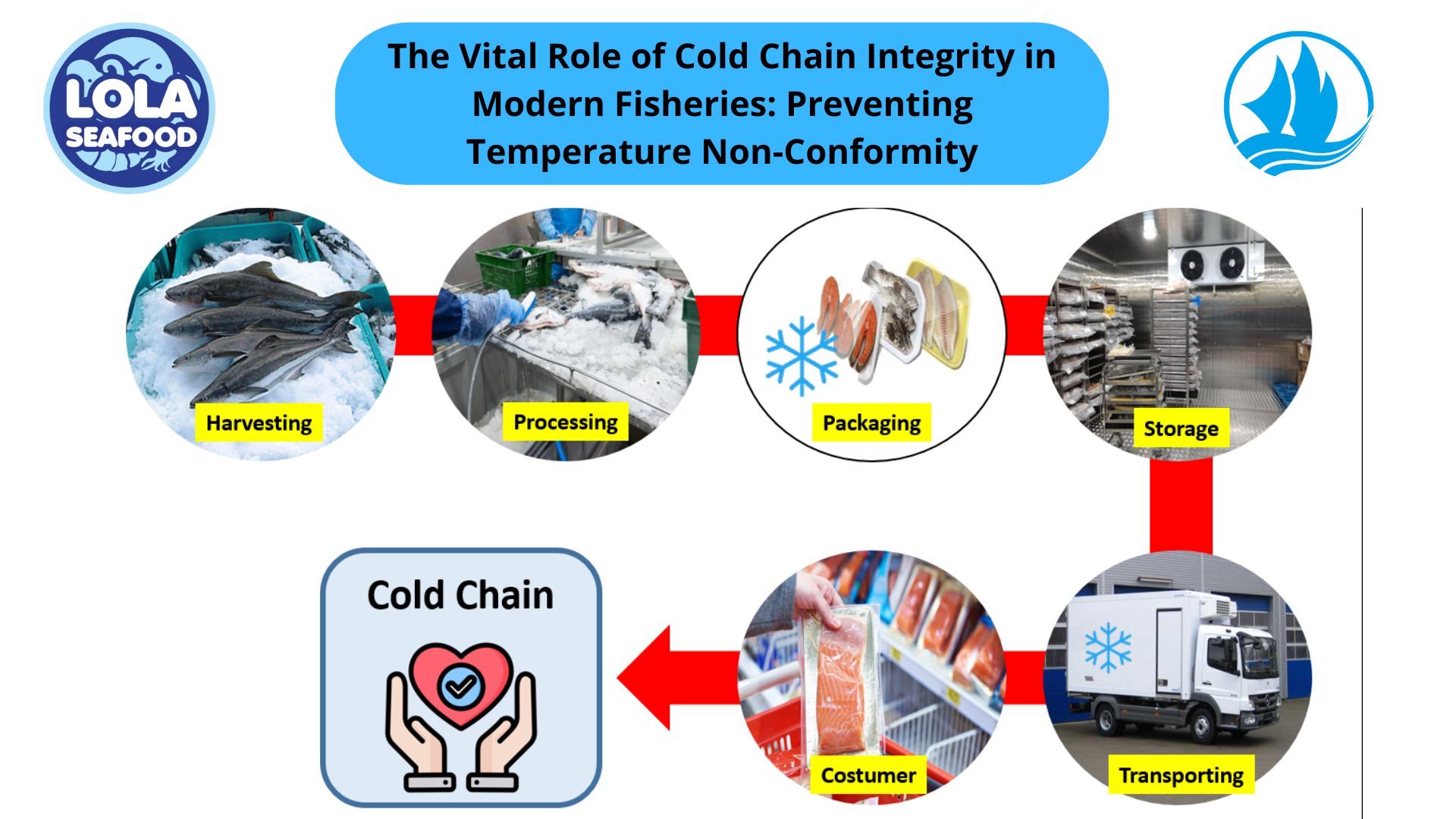6 Stages Of Clam'sLife Cycle
By. Nevanda - 11 Jul 2023
kelolalaut.com - The life cycles of clams, or bivalve mollusks, encompass various stages that occur primarily in aquatic environments such as oceans, seas, and freshwater bodies. Here are the key stages in the life cycle of clams:
1. Spawning
Clam reproduction begins with spawning, where male clams release sperm into the water, which is then captured by female clams. Fertilization occurs externally, with the eggs being fertilized by the sperm in the water column.
Read also: A Delicate and Flavorful Cantonese-Style Steamed Fish
2. Larval stage
After fertilization, the eggs develop into larvae called trochophores. These larvae are microscopic and have hair-like cilia that aid in their movement and feeding. During this stage, they drift in the water, relying on currents to disperse them.
3. Veliger stage
As the larvae continue to develop, they transform into veligers. Veligers possess a shell and develop a foot that allows them to swim in a more controlled manner. They also have a rudimentary gill to facilitate filter-feeding.
4. Settlement
At a certain point in their development, veligers undergo metamorphosis and settle on a suitable substrate. They attach themselves using their byssal threads, which are strong protein fibers secreted by a gland in their foot. Once attached, they undergo further development and growth.
Read also: Delicious Indonesian-Styled Mussels with Padang Sauce Recipe
5. Juvenile stage
As the settled clams grow, they enter the juvenile stage. During this phase, they continue to feed and develop their shell and internal organs. They are still small and vulnerable, so they often bury themselves in the sediment to avoid predation.
6. Adult stage
Upon reaching maturity, the clams enter the adult stage. They have fully developed shells, and their reproductive organs are functional. Adult clams are capable of filter-feeding, extracting food particles from the water using their specialized gills. They can reproduce by releasing eggs and sperm into the water during spawning events.
It's important to note that the specific details of the clam life cycle can vary among different species. Some species may have additional larval stages, and the duration of each stage can differ. Factors such as water temperature, food availability, and environmental conditions also influence the timing and success of each stage in the life cycle of clams.
Read also: Learn About This 6 Pufferfish Fun Facts

Optimizing Wild-Caught Fish Logistics: Maintaining Thermal Core Integrity During Long-Haul Transport
.jpg)



.jpg)

 and Employee Productivity on the Demersal Fish Processing Floor.jpg)
